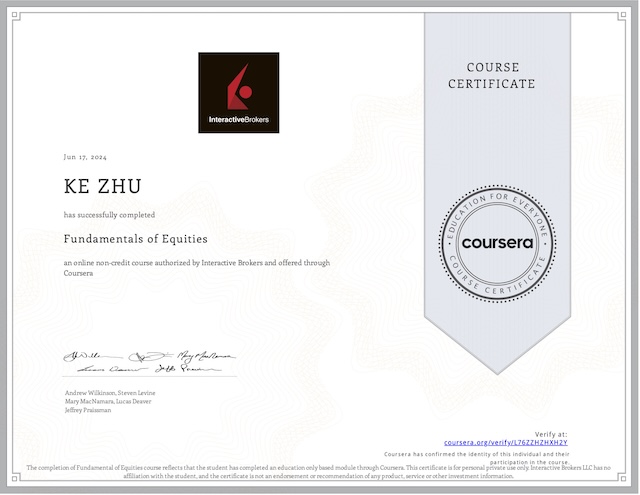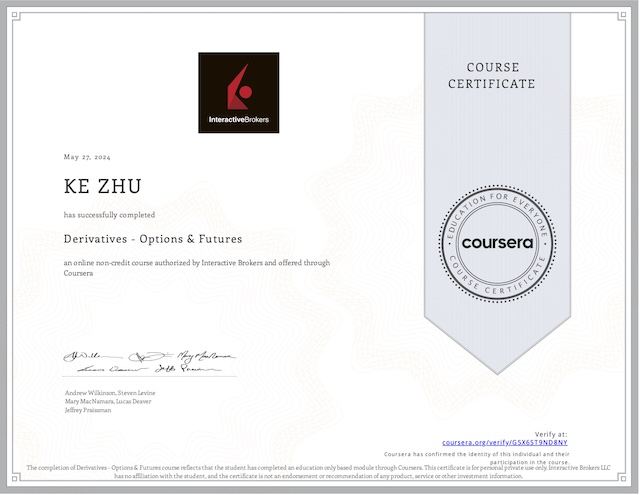The financial statements are a manifestation of accounting, which is what we use to prepare proper financial statements. Accounting is fundamentally about measurement, which is the assigning of numerals or other symbols to present the magnitude of an attribute of a phenomenon.
- Phenomenon represents an object of interest.
- Attribute represents the characteristics of the phenomenon.
- Measure assigns numerals to represent the extent to which the object of interest has the characteristics of interest.
Financial statements are substitute attributes for the 3 measurement questions:
- What do you own?
- What do you owe?
- How did you perform?
Some companies (like those publicly traded) are required to product financial statements on a regular basis. Even a company is not required to produce financial statements, they are important enough that companies would generate them anyway.
Balance Sheet
Difference balance sheets may contain different items listed, however what all balance sheets have in common is 3 components:
| Assets | Economic resources owned by the company |
| Liabilities | Obligations that the company has to others |
| Equity | The net worth of the company: Assets – Liabilities The equity section of the balance sheet lays out who has the rights to that net worth |
Balance sheet is describing a picture of the company on a particular date. In other words, balance sheet is substitute attribute for the company’s position (what the company looks like). Sometime it is also called statement of financial position.
Income Statement
Income statements list the resources the company has earned or dispersed during a period of time.
- Revenue represents resources earned from normal operating activities, although resources can be earned outside of the normal operating activities.
- Expenses are outlay of resources as part of the normal operating activities. although again resources can be disbursed outside the normal operating activities.
- Net income (i.e. earnings) is the difference between resources earned and disbursed.
The income statement describes the transactions that occurred over a designated period of time. Income statement is a substitute attribute for the company’s performance.
Current Assets
By classifying assets as current, the expectation that the assets will be converted to cash or used up within one year. Standardization in financial statement, emphasizes what an item is economically over what it is practically.
| Inventory | A good acquired or manufactured in order to be sold. The value of inventory presents the cost. The companies who manufacture inventory often display 3 different category of inventory: 1. raw material inventory 2. work in process inventory 3. finished goods inventory |
| Cash | Amount of cash held. |
| Prepaid expense | A payment that the company made in advance of incurring the expense. |
| Account receivable | Amount the company is owed by it customers who purchased goods or services on account or for credit. It is rare for a company to have all of this customers make full payment on the amount owed. The amount not receivable is called allowance for doubtful accounts. |
Non-current Assets
These are assets which are NOT expected to be converted to cash or used up within one year. Accumulated depreciation can be thought of as the estimated amount of property, plant and equipment the company has used up since it was first acquired.
Intangible assets are assets that lack physical substance, eg: patents, trademarks, copyrights. When you see intangible assets on a company’s balance sheet, it was acquired from another entity. In general most accounting regimes disallow companies from recording intangible assets they created themselves.
Goodwill are unidentifiable assets that coincide with purchasing a company for more than the value of the assets purchased.
Liabilities
Liabilities are obligations that a company has to others. Current liabilities are obligations that are expected to use up current assets and usually require repayment to be made within one year. Account Payable is one of the liabilities most common to companies. Whereas accounts payable focuses on obligations to suppliers of inventory, Accrued Liabilities can be attributed to other obligations.
People often refer to non-current / long-term liabilities as debt. Long-term liabilities often represent a large number on the balance sheet. Although debt may not be something we consider desirable, it can play a vital role in obtaining the funds necessary to grow a business or take advantage of opportunities.
Current portion of long-term debt is the portion of the debt required to be repaid each year, so that portion is appropriately classified as a current liability.
For a transaction between a service provider and a customer, the provider can actually end up with a liability. Liability can decrease from a company performing a service or delivering a product.
Equity
Equity is a company’s net worth, or the amount that the owners of a company have a claim to. Conceptually we can think of company’s net worth consisting of 2 parts:
- The value that owners contributed to the company
- Accumulation of what company has earned
The company often seeks to attract a lot more partial owners, i.e. shareholders, who contribute capital to the company in exchange for some share of ownership, i.e. stock.
Common stock is the stock publicly traded, it is what you think of owners, they vote on management policies, they have privileges that other types of ownership do not have. They also have the highest level of risk of the company, meaning if the company is under duress, they would be the last one to get any money out of the company. So they have the most voting right, but less liquidity rights.
Surplus is the banking industry’s equivalent of additional paid in capital. Common stock evaluated is a par value, and normally a de minimis amount. Surplus is the amount of money that people pay us in over that par value.
A preferred stock got a preference built in to the ownership mechanism. Generally preferred stock has less voting rights than common stocks, but they also have a higher liquidity preference.
Treasury stock is essentially stock you’ve bought back from marketplace. You’ve repurchased it, but you have not retired it and taken it out of circulation. It effectively reduces stockholder’s equity. So actually you can reissue those treasury stock share if you choose.
Retained earnings is the portion of the company’s earnings or net income that is retained by the company, rather than being distributed to the company’s owners.
My Certificate
For more on Financial Statement: Company Position, please refer to the wonderful course here https://www.coursera.org/learn/financial-statements
Related Quick Recap
I am Kesler Zhu, thank you for visiting my website. Checkout more course reviews at https://KZHU.ai



